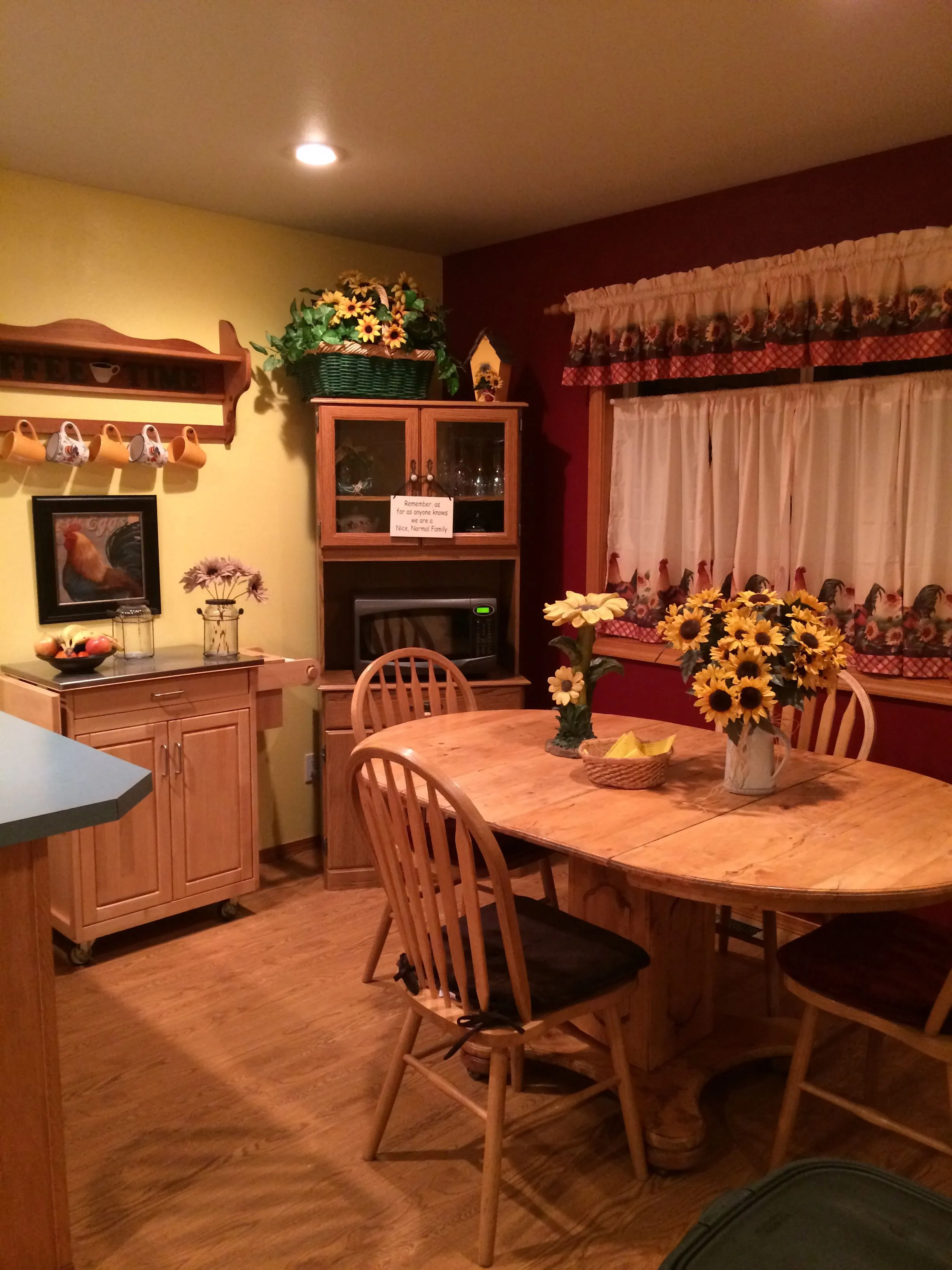Choosing Your Kitchen Decor Theme
Transforming your kitchen into a space that reflects your personal style and enhances its functionality begins with choosing the right decor theme. The theme serves as a foundational framework, guiding your design choices from color palettes and materials to furniture and accessories. A well-chosen theme not only creates a cohesive and visually appealing environment but also sets the mood and atmosphere of your kitchen. Before diving into specific styles, consider your lifestyle, the existing architecture of your home, and the overall aesthetic you wish to achieve. Do you prefer a cozy and inviting space, a sleek and modern look, or a vibrant and eclectic atmosphere? Exploring different themes and gathering inspiration from various sources, such as magazines, online platforms, and design showrooms, will help you make an informed decision and create a kitchen that you’ll love for years to come. The key is to find a theme that resonates with you and aligns with your practical needs and design preferences, ensuring a harmonious blend of style and functionality.
Rustic Kitchen Decor
Rustic kitchen decor embodies warmth, simplicity, and a connection to nature, creating a cozy and inviting atmosphere that feels both timeless and lived-in. This style often draws inspiration from rural settings and natural materials, emphasizing texture, character, and a sense of history. The goal is to create a space that feels both functional and aesthetically pleasing, where the kitchen becomes the heart of the home, perfect for gathering, cooking, and enjoying meals. Elements like reclaimed wood, exposed beams, and handcrafted details are central to achieving this aesthetic, creating a charming and welcoming environment.
Key Elements of Rustic Decor
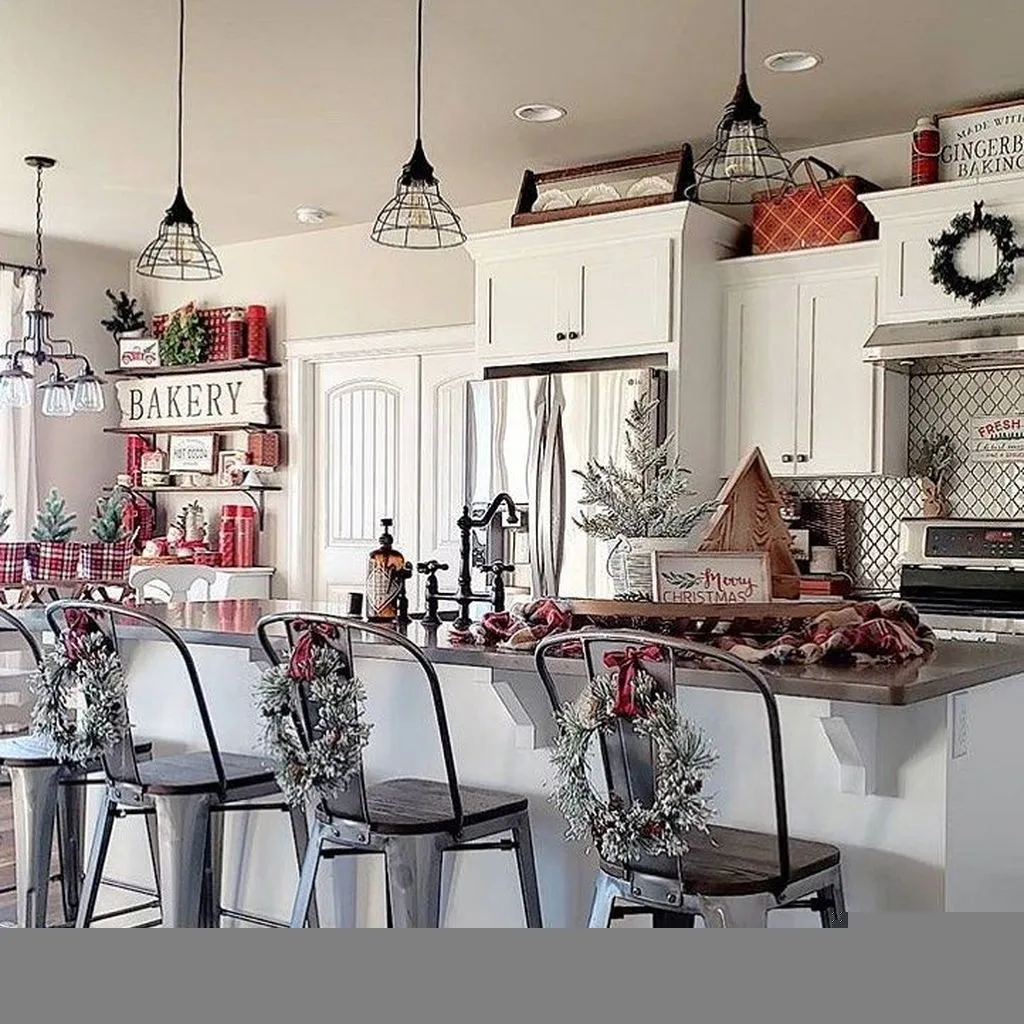
The cornerstone of rustic kitchen decor lies in its use of natural and reclaimed materials. Think exposed wood, whether it’s in the form of cabinetry, flooring, or ceiling beams. Stone countertops, brick backsplashes, and metal accents like wrought iron or copper contribute to the raw, authentic feel. Furniture often features simple, sturdy designs with distressed finishes. The focus is on durability and a sense of history, with imperfections celebrated as part of the design’s charm. Incorporate open shelving to display rustic pottery, vintage cookbooks, and other treasured items that add personality and character. These elements collectively create a space that feels grounded, inviting, and full of character.
Color Palettes for Rustic Kitchens
Color plays a crucial role in defining the ambiance of a rustic kitchen. Earthy tones such as warm browns, creams, muted greens, and soft grays are quintessential to the style, creating a sense of harmony with nature. These colors can be used on walls, cabinetry, and accessories, providing a neutral backdrop that allows the natural materials to stand out. Accent colors like deep reds, blues, or even pops of yellow can be incorporated through textiles, artwork, or decorative items to add visual interest and personality. The key is to maintain a balance that is both warm and inviting, avoiding overly bright or jarring hues that might detract from the rustic aesthetic. Aim for a palette that evokes a sense of calm and comfort, making your kitchen a truly welcoming space.
Modern Kitchen Decor
Modern kitchen decor is characterized by clean lines, minimalist aesthetics, and a focus on functionality. It embraces simplicity, with a strong emphasis on uncluttered spaces, sleek surfaces, and a neutral color palette. The design often integrates advanced technology and innovative materials to create a streamlined and efficient cooking and living environment. The goal is to achieve a sense of sophistication and timelessness, where design and utility work together in perfect harmony. This style is ideal for those who appreciate a polished and contemporary look and seek a kitchen that is both visually striking and highly practical.
Key Features of Modern Design
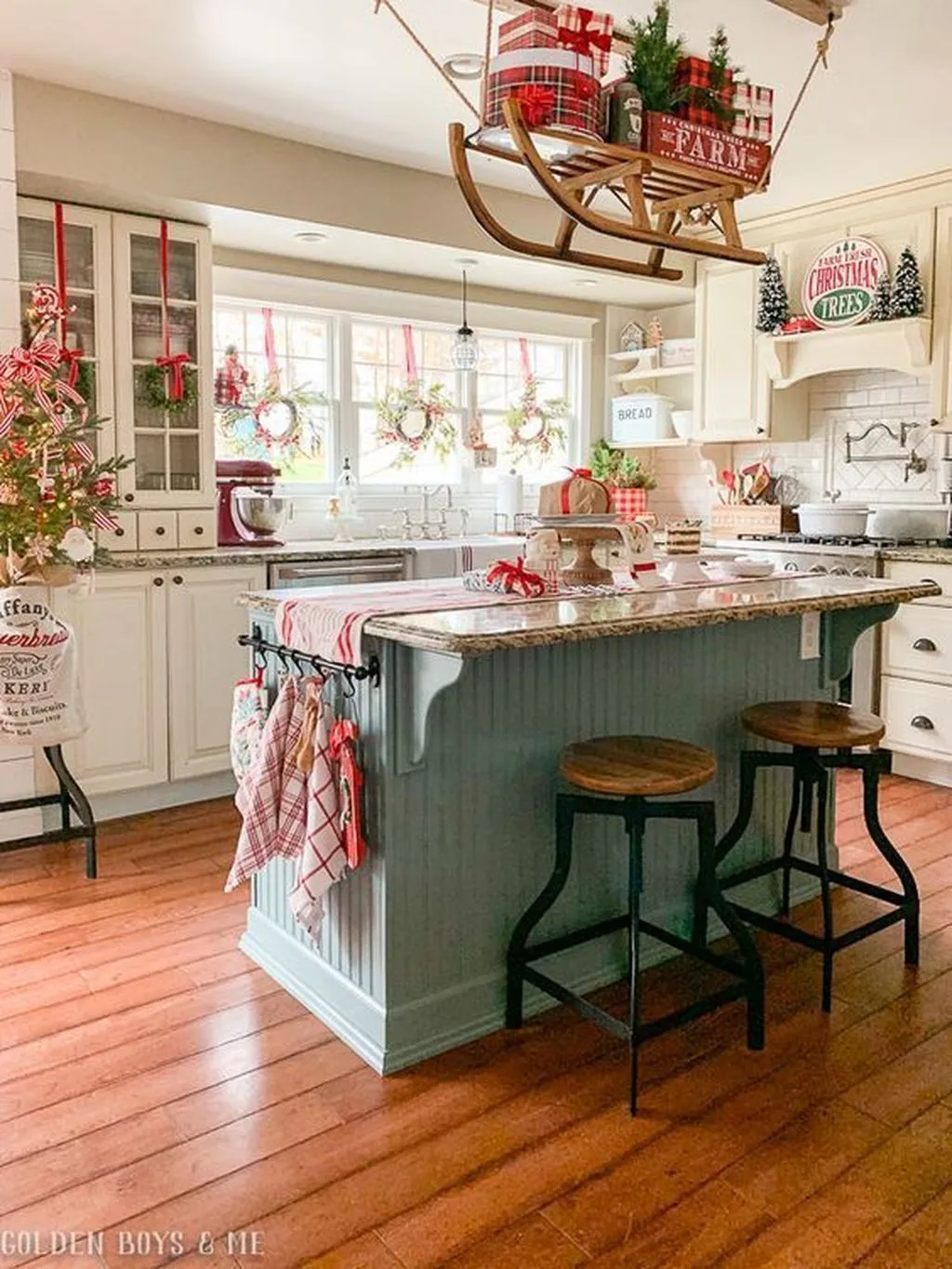
The defining characteristics of a modern kitchen include a focus on minimalism, with sleek, unadorned surfaces and a lack of ornamentation. Clean lines and geometric shapes are prevalent, from the cabinetry and countertops to the appliances and lighting fixtures. The use of integrated appliances, which are concealed behind cabinet panels, helps to maintain a seamless and uncluttered look. Open-plan layouts are common, promoting a sense of spaciousness and facilitating a smooth flow between the kitchen and adjacent living areas. Functionality is a priority, with ergonomic designs and smart storage solutions that maximize efficiency and ease of use. The overall impression is one of refined simplicity and understated elegance.
Material Choices in Modern Kitchens
In a modern kitchen, the choice of materials is critical to achieving the desired aesthetic. Smooth, reflective surfaces like high-gloss lacquer, glass, and stainless steel are frequently used, enhancing the clean and contemporary feel. Quartz and other engineered stone countertops are popular for their durability and minimalist appearance. Wood can be incorporated, often in the form of natural wood veneers or sleek, flat-panel cabinets, adding warmth and texture to the otherwise cool palette. Metal accents, such as brushed nickel or chrome, are common in hardware and fixtures. The materials are selected for their visual appeal, durability, and ability to contribute to a streamlined, sophisticated design.
Farmhouse Kitchen Decor
Farmhouse kitchen decor combines the warmth and simplicity of rural living with a touch of modern functionality. This style emphasizes comfort, practicality, and a connection to the past, creating a welcoming and inviting space that feels both cozy and stylish. Elements like exposed beams, apron-front sinks, and vintage-inspired accents are common, evoking a sense of nostalgia and timeless charm. It’s a blend of rustic and refined elements, where functionality is just as important as aesthetics, making the kitchen a central gathering space for family and friends.
Essential Farmhouse Decor Elements
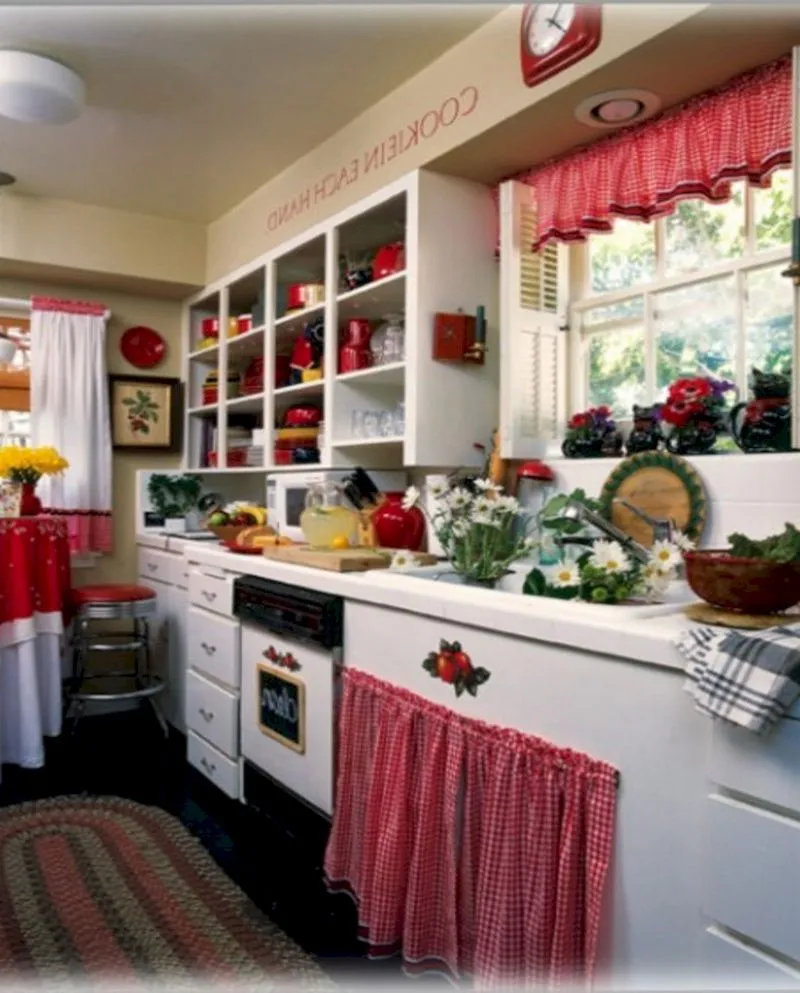
Core elements of a farmhouse kitchen include a large apron-front sink, often made of porcelain or fireclay, which serves as a focal point. Shaker-style cabinets with simple, clean lines are a hallmark, often painted in neutral colors like white, cream, or light gray. Open shelving is frequently used to display dishes, glassware, and decorative items. Wooden elements, such as butcher block countertops, rustic dining tables, and exposed beams, add warmth and texture. The overall look is enhanced with natural materials, such as cotton, linen, and wool, used in textiles like curtains, tablecloths, and dish towels. These elements combine to create a space that is both functional and visually appealing, embodying the essence of farmhouse style.
Incorporating Vintage Accents
Vintage accents are essential in completing the farmhouse kitchen aesthetic. Antique items like enamelware, vintage scales, and old-fashioned canisters add character and a sense of history. Displaying collections of vintage dishes, mason jars, or enamel pots provides a touch of nostalgia. Incorporating antique furniture, such as a rustic dining table or a farmhouse-style bench, enhances the lived-in feel. Consider using vintage-inspired lighting fixtures, such as pendant lights or sconces, to complement the overall design. These vintage touches add personality and a unique charm, creating a kitchen that feels both timeless and personal.
Coastal Kitchen Decor
Coastal kitchen decor is all about creating a light, airy, and relaxed atmosphere that evokes the feeling of a seaside retreat. This style embraces natural light, soft colors, and a connection to the ocean, using elements like bleached wood, nautical accents, and a breezy, effortless feel. The goal is to design a kitchen that feels tranquil and inviting, reminiscent of a beach house or a charming seaside cottage. This style is perfect for those who love the ocean and seek a space that promotes relaxation and a sense of escape.
Colors and Textures in Coastal Decor
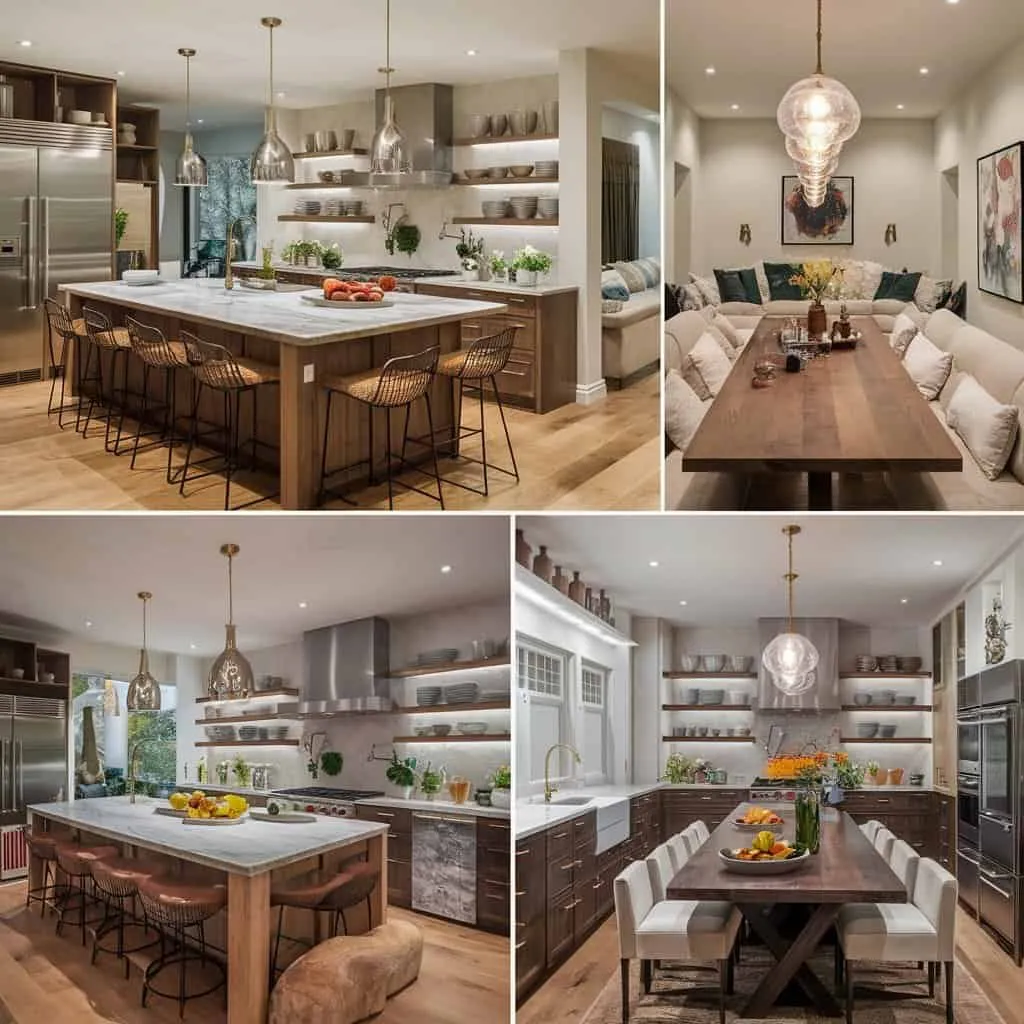
The color palette of a coastal kitchen is typically inspired by the sea and the sky. Soft blues, seafoam greens, crisp whites, and sandy beiges are the dominant hues, creating a sense of calm and serenity. These colors can be used on walls, cabinetry, and accessories, providing a light and airy backdrop. Natural textures like weathered wood, woven rattan, and linen fabrics add depth and interest. Incorporate natural materials like seagrass rugs, driftwood accents, and cotton textiles to enhance the coastal feel. The key is to create a harmonious balance of colors and textures that evokes the tranquility and beauty of the coast.
Coastal Decor Accessories
Accessories play a key role in bringing the coastal theme to life. Incorporate nautical elements such as seashells, starfish, and coral. Display framed nautical charts or beach-themed artwork to add visual interest. Woven baskets, glass jars filled with sand or shells, and driftwood sculptures enhance the coastal aesthetic. Consider using blue and white striped or patterned textiles in curtains, cushions, and dish towels. The goal is to create a space that feels both functional and aesthetically pleasing, evoking the feeling of a relaxed seaside retreat.
Bohemian Kitchen Decor
Bohemian kitchen decor celebrates individuality, creativity, and a global aesthetic, creating a vibrant and eclectic space filled with personality and charm. This style embraces bold colors, unique patterns, and a mix of textures, drawing inspiration from various cultures and artistic influences. The goal is to create a kitchen that feels warm, inviting, and visually stimulating, where you can express your unique style and create a space that tells a story. It’s a fusion of global influences, vintage finds, and artistic expressions, resulting in a kitchen that is both beautiful and functional.
Patterns and Colors in Bohemian Decor
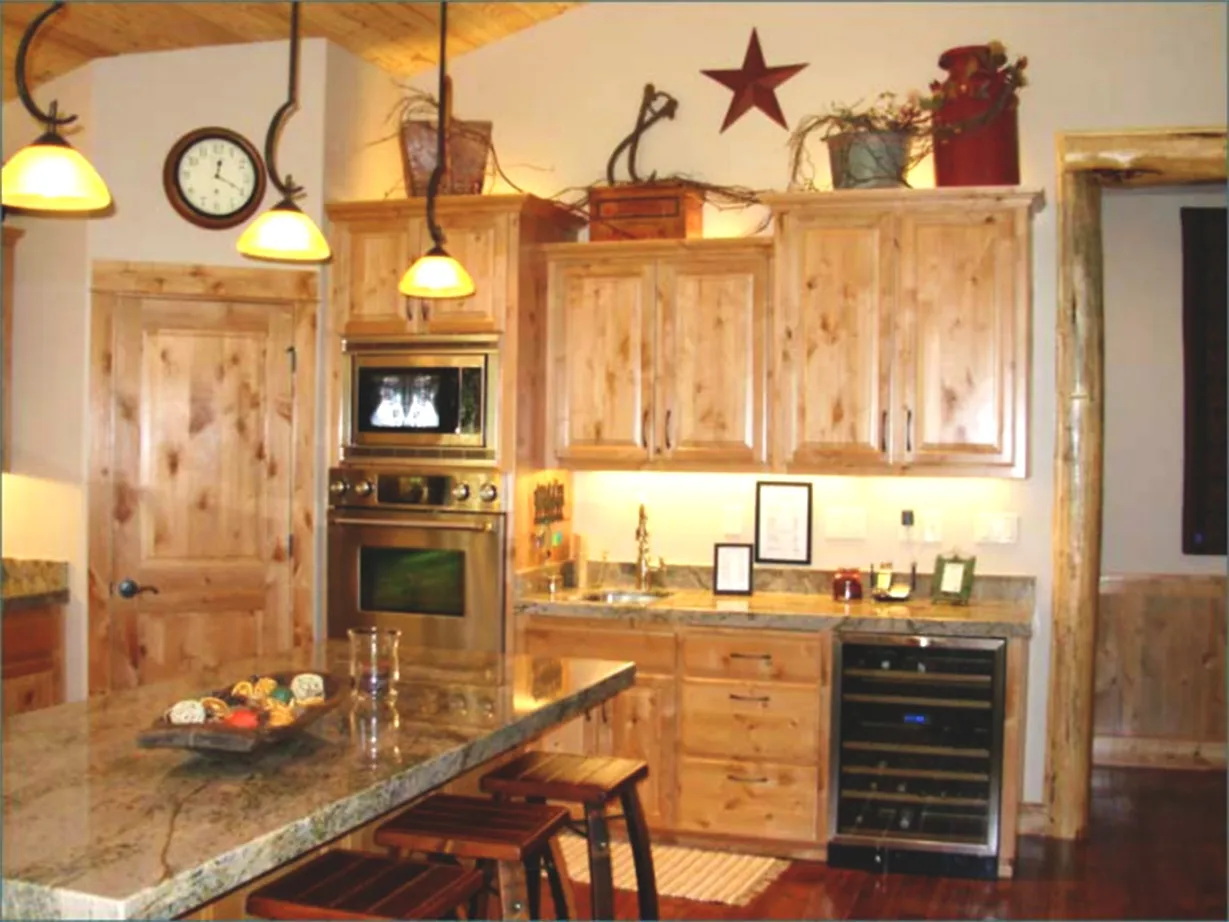
Bohemian kitchens are known for their vibrant and eclectic color palettes. Think rich jewel tones like deep blues, emerald greens, and ruby reds, complemented by warm earthy hues such as terracotta, mustard yellow, and burnt orange. Mix and match patterns, such as intricate tile designs, patterned textiles, and global-inspired prints. Layering different textures, like velvet, linen, and woven materials, adds visual depth. Use a variety of decorative items, such as patterned rugs, colorful pillows, and globally inspired artwork, to create a space that is visually rich and inviting. The key is to embrace boldness, eclecticism, and a sense of artistic expression.
Adding Plants and Textiles
Plants and textiles are essential elements in bohemian kitchen decor. Incorporate a variety of plants, from trailing vines to potted herbs, to bring a touch of nature into the space. Use textiles such as macrame wall hangings, patterned tapestries, and colorful cushions to add texture and warmth. Layer rugs with different patterns and textures to create a cozy and inviting atmosphere. Consider incorporating vintage textiles, such as kilim rugs or embroidered fabrics, to add character and history. The goal is to create a space that feels lush, inviting, and filled with personal touches, celebrating both beauty and comfort.
Tips for Successfully Theming Your Kitchen
Successfully theming your kitchen involves careful planning, attention to detail, and a clear vision. Start by researching different styles and gathering inspiration from various sources, such as magazines, design websites, and social media. Create a mood board to visualize your chosen theme, collecting images, color swatches, and material samples. Consider your existing space and layout, making sure the theme complements the architecture and flow of your kitchen. Prioritize functionality, ensuring that your design choices align with your practical needs and lifestyle. Don’t be afraid to experiment and add personal touches, creating a space that reflects your unique style and preferences. By focusing on these key aspects, you can transform your kitchen into a beautifully themed space that you’ll enjoy for years to come.
Considering Your Space and Layout
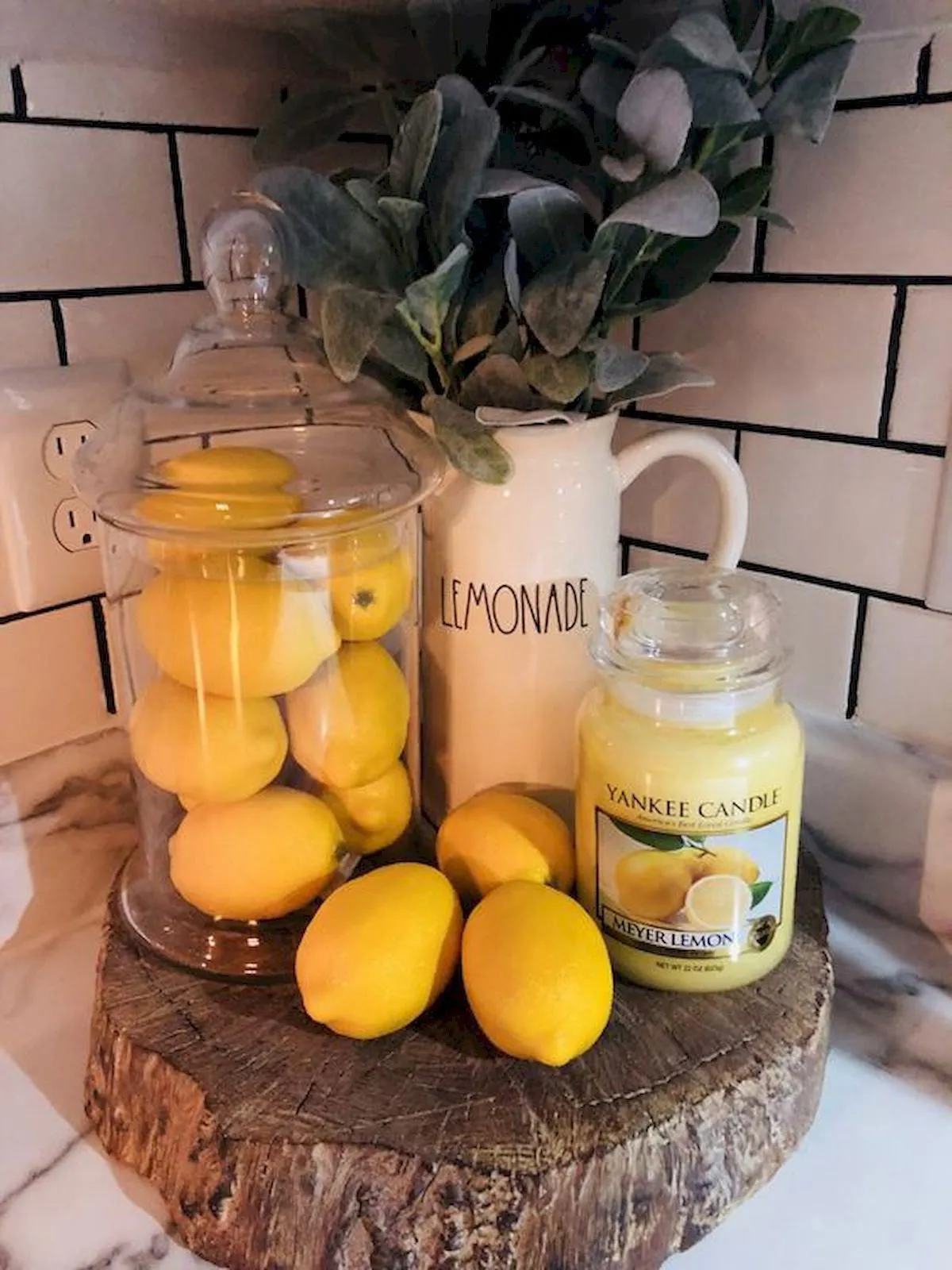
When theming your kitchen, the existing space and layout should be a primary consideration. Assess the size and shape of your kitchen, taking into account the natural light, architectural features, and the overall flow of the room. A small kitchen may benefit from lighter colors and minimalist design elements to maximize space and create a sense of openness. A larger kitchen may allow for bolder design choices and more elaborate themes. The layout, including the placement of cabinets, appliances, and the kitchen island, should be aligned with your chosen theme and your cooking and entertaining habits. Ensure that the design enhances functionality and promotes efficient use of space, making your kitchen both beautiful and practical. Proper planning and thoughtful considerations of the layout will result in a harmonious and functional kitchen design.
Budgeting for Your Kitchen Makeover
Establishing a realistic budget is crucial for any kitchen decorating project. Before you start, determine how much you are willing to spend, considering both the short-term and long-term costs. Research the costs of materials, appliances, and labor if you plan to hire professionals. Prioritize your must-have elements and identify areas where you can save money, such as DIY projects or shopping for affordable accessories. Consider different phases of your project, allowing for flexibility and adjustments as needed. Always allocate extra funds for unexpected expenses. Create a detailed budget plan and track your spending to stay on course. Thoughtful financial planning will help you achieve your desired kitchen transformation while remaining within your means, making the process less stressful and more enjoyable.
Finding Inspiration and Resources
Finding inspiration and accessing helpful resources is essential for a successful kitchen decorating project. Explore design magazines, home decor websites, and social media platforms like Pinterest and Instagram. Visit showrooms, model homes, and open houses to gather ideas and visualize different themes. Seek advice from interior designers, contractors, and kitchen specialists. Utilize online tools, such as virtual design software and color palette generators, to experiment with different design options. Read reviews and recommendations for products and services. By leveraging these resources, you can gain valuable insights, discover creative ideas, and make informed decisions, transforming your kitchen into a beautiful and functional space that reflects your personal style.
